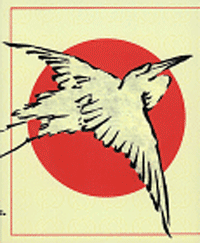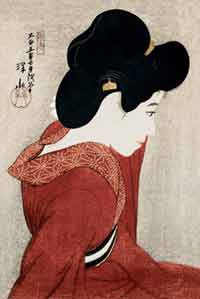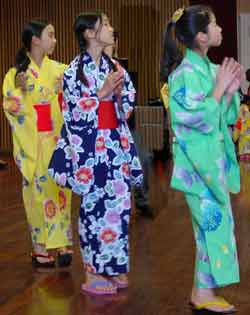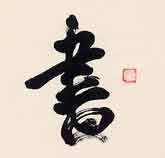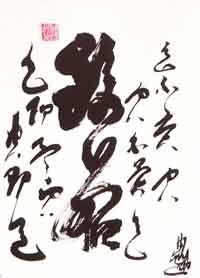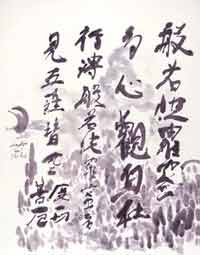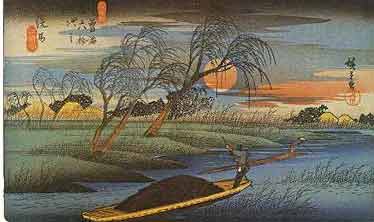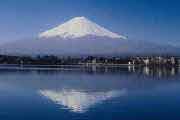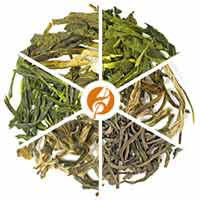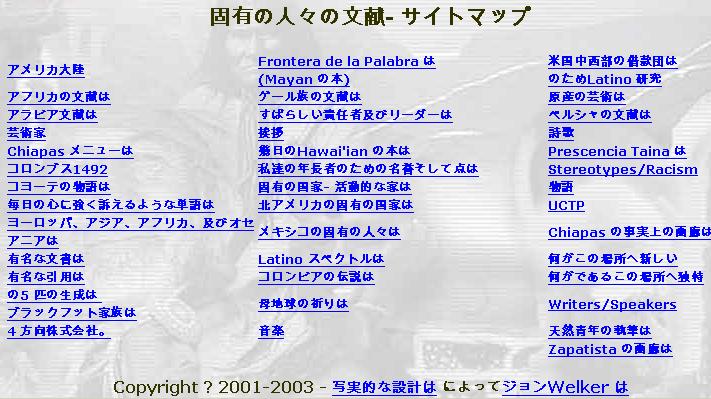|
|
||||||||||||||||||||||||||||||||||||||||||||
|
||||||||||||||||||||||||||||||||||||||||||||
|
Form is emptiness |
||||||||||||||||||||||||||||||||||||||||||||
|
Mono
no awareŻ |
A
purple flower |
|||||||||||||||||||||||||||||||||||||||||||
LiteratureEarly Japanese
literature was heavily influenced by Shamanism,
Buddhism and
Confucianism. The early literature, which began as an oral
tradition, depicted a love of nature and man and held that man was a
part of nature. Good was rewarded andevil was punished and values like
loyalty to the King, filial piety, respect for one's elders, true
friendship and chastity were emphasized. |
||||||||||||||||||||||||||||||||||||||||||||
|
|
||||||||||||||||||||||||||||||||||||||||||||
|
||||||||||||||||||||||||||||||||||||||||||||
|
Classic Japanese
Literature |
Japanese Fairy
Tales Folk Stories
from Japan |
|||||||||||||||||||||||||||||||||||||||||||
|
||||||||||||||||||||||||||||||||||||||||||||
|
Five
Elements
|
Wood
|
Fire
|
Earth
|
Metal
|
Water
|
| Directions | East | South | Center | West | North |
| Seasons | Spring | Summer | Long Summer | Fall | Winter |
| Colors | Blue | Red | Yellow | White | Black |
| Flavors | Sour | Bitter | Sweet | Acid | Salt |
| Organs | Liver | Heart | Spleen | Lung | Kidney |
| Sense Organs | Eye | Tougue | Mouth | Nose | Ear |
Aikido
Aikido, a strictly Japanese martial art, embodies the three concepts that comprise its name: Ai, meaning harmony; Ki, meaning the spirit, or source of energy; and Do, meaning the "Way." Together they signify the way in which one can attain harmony with one's spirit. As such Aikido is more than just a means of self-defence: it has deep religious undertones, which make it a way of life. In the words of its founder, Aikido is "the way of the love of mankind."
The Japanese are classified as the Mongoloid (the 'yellow' race) along with Korean, Chinese, Native Americans, Mongols, Eskimos, and so on. The Yellow race makes up 33% of the world population. The Caucasoid (the "white" race), including the Australian aborigines, Arabs, Indians, Polynesians, and so on, accounts for 59% of the world population, while the Negroid (the 'black' race) accounts for only 8%. It is believed the Negroid and Caucasoid are more closely related than the Mongoloid, which gave rise to the regionalism hypothesis whereby the Mongoloid has evolved from homo erectus while the Negroid and the Caucasoid have evolved from a common ancestor homo antecessor. The Mongoloid has dry earwax while others have wet earwax.
No one knows exactly where the Japanese came from or who they are. It is believed that the humanoid - human-like creatures - appeared about two and half million years ago and that the humans as we know today, homo sapiens sapiens, came into being some 35,000 years ago. Although the oldest known writings - written language - date back only 5,000 years at best, we can 'read' our history by studying fossils, our DNA, geological data, cosmological data, our language, and so on, and from these records, we can determine the origin, or rather the prehistoric history, of the Japanese race.
 Return to
Indigenous Peoples' Literature
Return to
Indigenous Peoples' Literature
Compiled by: Glenn Welker
This site has been accessed over 10,000,000 times since February 8,
1996.
